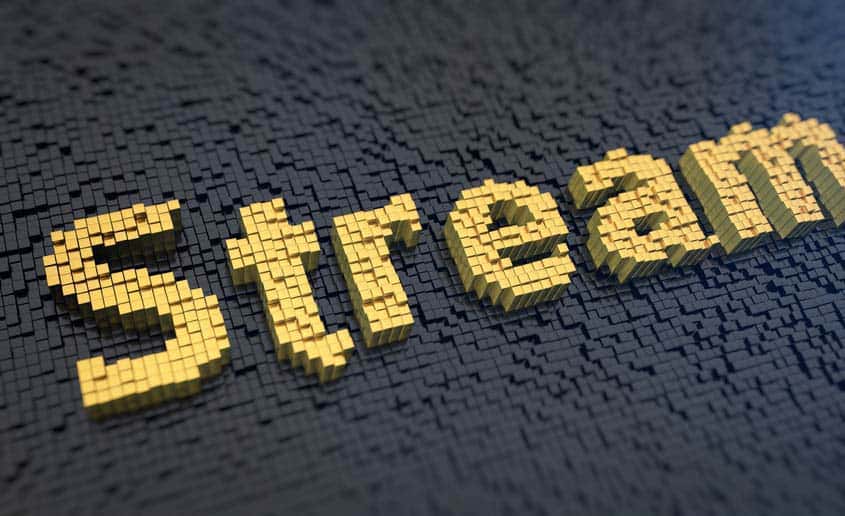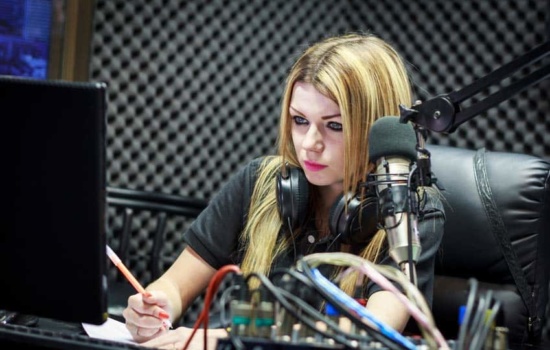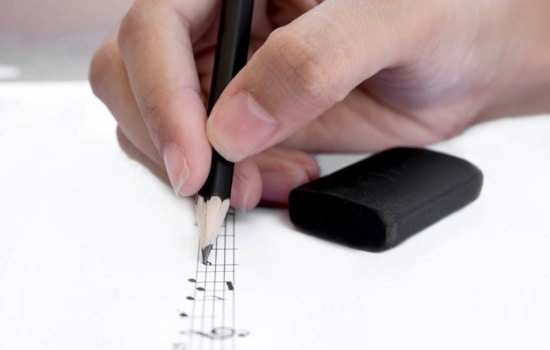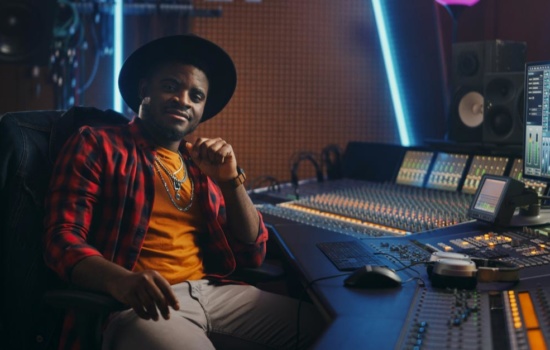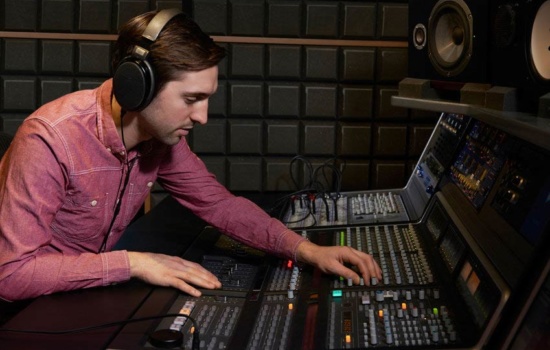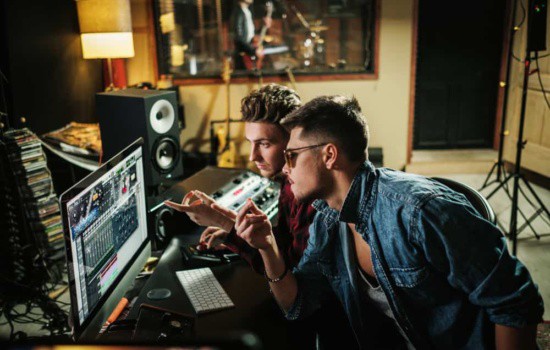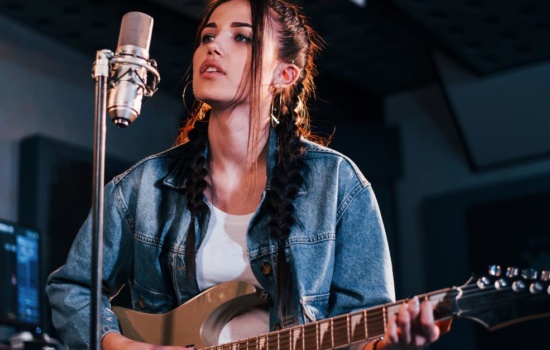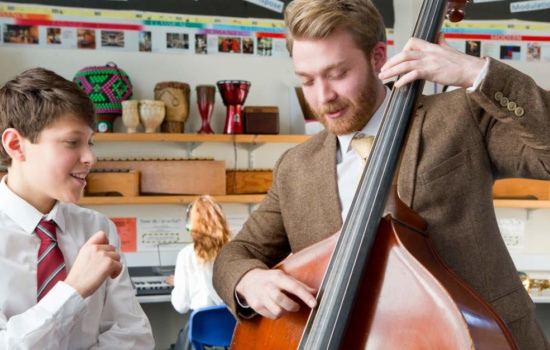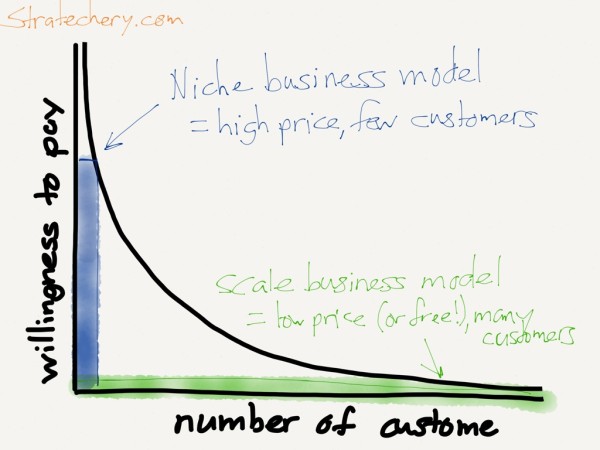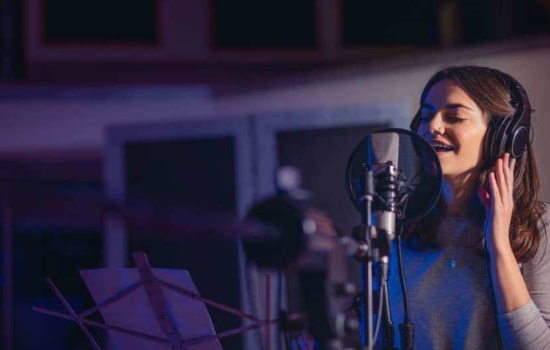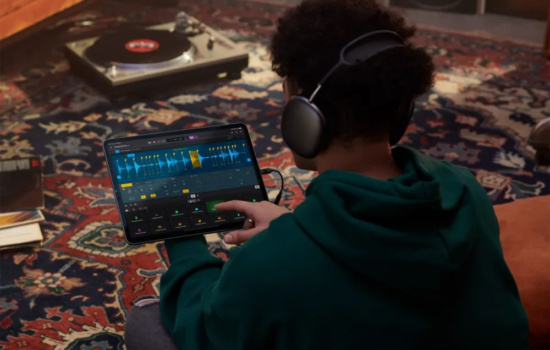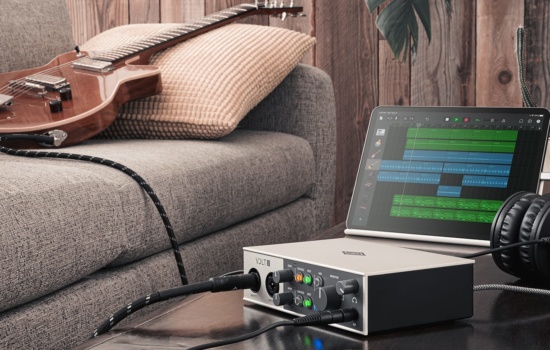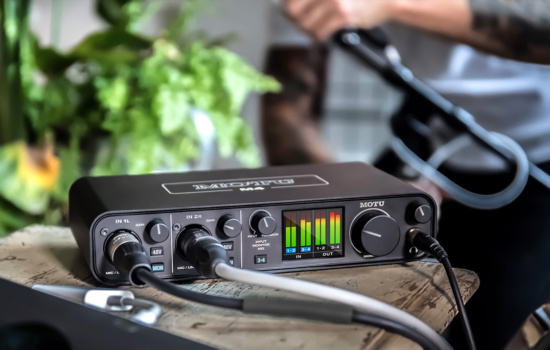The CEO of Spotify, Daniel Ek, believes that streaming is a powerful force for good in the music industry revenue. He argues that streaming services recapture money which was previously disappearing into pirate sites and that these services open up a new way to make money as an artist. Many of the points Ek makes are compelling but apply to massive pop, rap, and rock artists. For independent artists, these services don’t open up a viable new revenue stream. Instead, they reduce the income you can make through music sales online.
There are two ways that the economics of the Internet work for businesses or artists selling music. The first way is to use the efficient distribution methods possible online to reach a massive audience, and then to earn a little bit of money from each person. This is what companies like Google, Facebook, and Spotify do. It’s also why they have to work so hard to be accessible to everyone. When you’re making pennies per user, you need as many users as you can get. But there’s a second way to earn a livable income online, and that’s the niche model.
The same efficiencies of the Internet can help an artist reach a small, highly-engaged audience for nearly nothing. Then, that artist can earn tens or hundreds of dollars from each person by giving them real value.
Spotify and YouTube are businesses of scale. Their entire model is predicated on building a user base of millions or even billions, and then earning a little bit of money per user through advertising or subscriptions. This makes complete sense for these businesses. It also works well for the pop, rap, and rock artists who dominate mainstream radio.
But it’s a terrible business model for any artist without exceptional popular appeal or lots of marketing dollars. For nearly every non-radio artist, the best way to earn a living is through the niche business model. Truly, every artist needs to engage their best fans; the fans who live and breathe their music, the ones who wake up to your single and fall asleep with your album playing in their headphones.
But independent artists rely on these fans for most of their income, while popular artists do not. These fans are willing to spend more than a few pennies to buy your music and support you.
This is where the disconnect appears between artists and music streaming websites. No matter how much your fans love you, Spotify and Music Key only allow you to earn fractions of a penny per stream. Your best fan pays the same as a passing, casual listener – though that fan would support you with much more if they had the opportunity.
That lack of opportunity is exactly the problem with streaming services. When you put your music into a buffet-style streaming service, it becomes devalued. Your music becomes worth the same as the other millions of songs cycled through Spotify’s catalog. Once this happens, you lose the ability to ask your fans to buy your album elsewhere. Why would they buy something they already own?
If you earn a living selling your music, this is the opposite of what you want. Widely-accessible pop artists can succeed with the streaming model, but independent artists aren’t able to achieve the massive numbers required for a livable income. Your value comes precisely from the fact that you are different. That you resonate at a deeper level with your fans. In other words, the key to success in the niche business model is to be differentiated.
